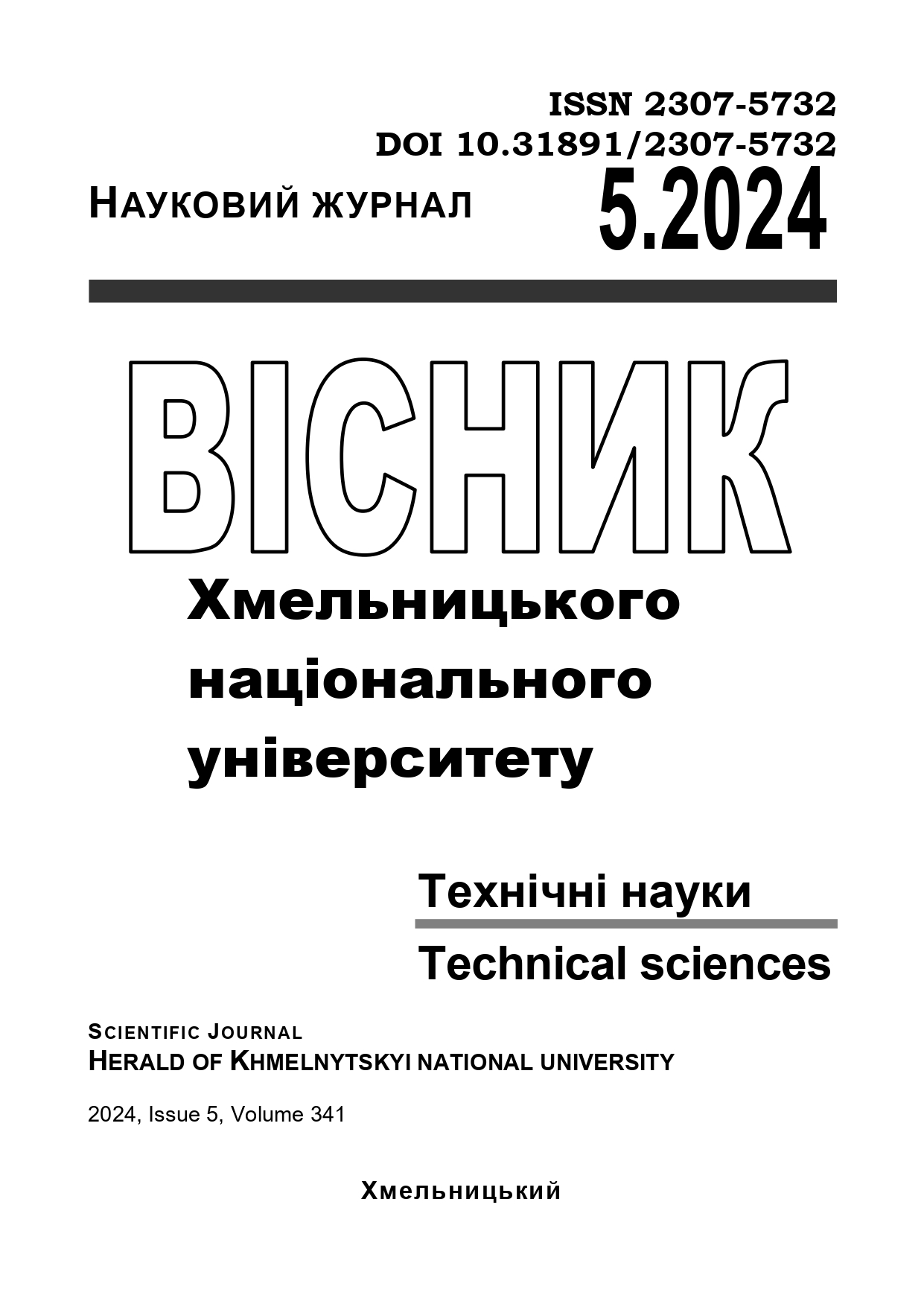INFLUENCE OF THE ELASTICITY OF THE RUBBER ELEMENT OF THE ENGINE SUPPORT ON THE TRANSMISSION OF VIBRATIONS TO THE CAR BODY
DOI:
https://doi.org/10.31891/2307-5732-2024-341-5-28Keywords:
load, deformation, stiffness, size recovery rate, vibrations, amplitude-frequency responseAbstract
This paper presents the results of studies of the influence of the deformation characteristics of the rubber elements of the left support of the Z14XEP engine on the damping of vibrations transmitted to the body of the Opel Astra G (F69) when it operates at idle speed. For a clear description of the vibrations that occurred, their amplitude-frequency characteristics were measured using the Steval-mki062v1 multi-sensor module and the INEMO Software Tool, which made it possible to graphically obtain vibration oscillograms. It was found that the vibration frequencies are almost the same for the new and used supports, and the deviation values have a slight spread. It follows that the rubber element of the supports does not absorb vibrations in terms of vibration frequency. When a new support is installed, both the amplitude of oscillations and the deviations from their average values decrease. This is more pronounced in the transverse direction, where the amplitude decreases by 1.4 times and the deviation by 4.1 times, and in the vertical direction, where the amplitude decreases by 1.2 times and the deviation by 1.4 times. In the longitudinal direction, taking into account the values of the deviations, the amplitude has almost not changed, but its manifestation has become 5.5 times more uniform in terms of the value of the deviation. To construct the deformation characteristic of the rubber element, a classical technique was used, according to which it was loaded and unloaded in stages with a step of 1 mm through a mechanical dynamometer. The deformation characteristics made it possible to determine the normal stiffness of the rubber material and the pattern of hysteresis losses. And the time of restoring the current size of the rubber element during unloading made it possible to indirectly determine the resistance to the reverse movement of the axis of the distributed spring-loaded mass of the engine, which passes through the bolt in the support, which helps to level the vibration and absorb it in the volume of rubber. In the absence of perceptible vibrations on the body when a new support is installed, it is determined that the stiffness of its rubber element should not exceed cP = 0.45±0.02 kN‧mm-1 with a size recovery rate of no more than Vf = 4 μm‧s-1 within the operating load. The proposed methodology for determining the indicators of the deformation characteristics of a rubber element can be used during the direct diagnosis of engine bearings that have already been used and dismantled from cars during their disassembly to determine the feasibility of installing them in a regular place, if necessary, during current repairs.

